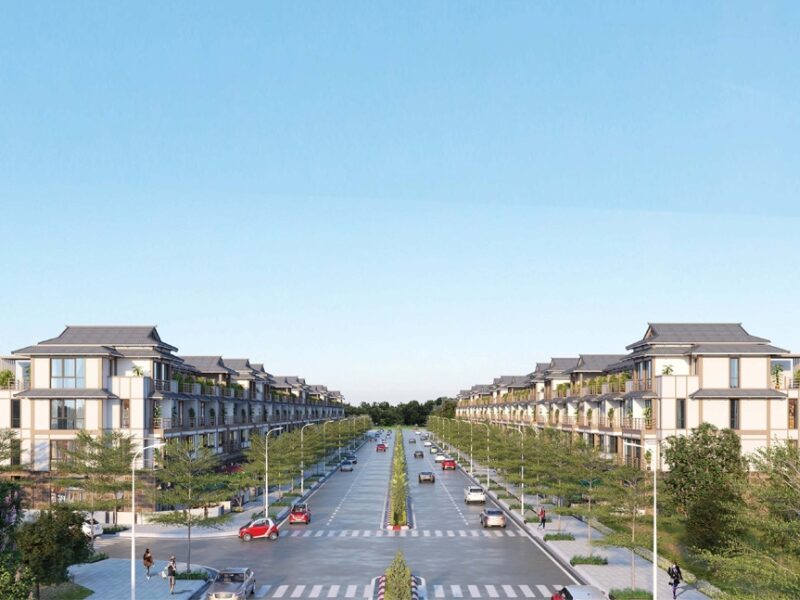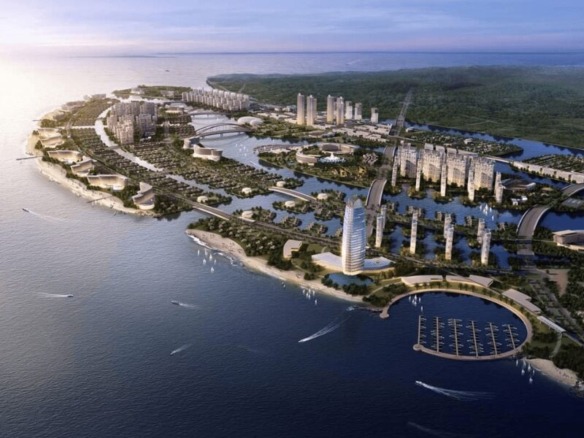Contents
HCMC Commercial Housing initiatives are gaining momentum as Ho Chi Minh City advances its real estate sector. Recently, the city’s Department of Natural Resources and Environment proposed a list of 74 land areas for pilot projects. This move aligns with National Assembly Resolution 171, effective since April 2025. For foreign investors, this signals fresh opportunities in Vietnam’s dynamic market. Additionally, those planning to relocate can benefit from specialized migration services.
The proposal, submitted to the Ho Chi Minh City People’s Committee, covers approximately 1,079.62 hectares. It focuses on converting land for housing while preserving environmental standards. No forest areas are affected, ensuring sustainable growth. This pilot could unlock significant value for international stakeholders interested in HCMC commercial housing.
Overview of HCMC Commercial Housing Pilot
Resolution 171 allows pilot commercial housing projects through land use agreements or existing rights. Ho Chi Minh City’s initiative targets urban expansion. The 74 areas include residential and agricultural conversions. This step addresses housing shortages amid rapid urbanization.
For instance, Vietnam’s real estate market has seen a surge in demand, with urban populations growing by over 2% annually. Experts note that such pilots could stabilize prices and boost supply. In HCMC, where land is premium, this resolution offers a streamlined path for developers.
Key Land Details in HCMC Commercial Housing Projects
The proposed areas break down as follows:
- Residential land: 531.27 hectares, including 8.21 hectares of existing residential zones and 523.07 hectares planned for conversion.
- Rice cultivation land: About 42.3 hectares earmarked for housing shift.
- Total coverage: 1,079.62 hectares across the city.
These allocations fit within the Ho Chi Minh City master plan for 2021-2030, emphasizing balanced development. No protective or special-use forests are involved, highlighting eco-friendly priorities. A second review phase in October 2025 will assess additional registrations.
This structure ensures projects align with local needs. For investors, it means predictable timelines and reduced risks in Vietnam’s real estate landscape.
Conditions for Project Approval
To qualify, land must match district-level planning and urban strategies. Projects should support approved housing programs and target urban or developing zones. Moreover, residential land in pilots cannot exceed 30% of additional allocations in the 2021-2030 provincial plan.
If registrations surpass limits, priorities apply per Decree 75/2025. Areas avoid land recovery lists, promoting private sector involvement. This framework, under Resolution 171, fosters efficiency in HCMC commercial housing.
Experts suggest these rules enhance transparency, drawing more foreign capital. For comprehensive support, consider our real estate services tailored for international clients.
Market Impact and Investor Insights
The pilot could transform Vietnam’s housing market by easing supply constraints. Analysts predict a 15-20% increase in project approvals by 2026, based on similar reforms. In HCMC, where GDP growth exceeds 7% yearly, this boosts investment appeal.
However, challenges like regulatory compliance remain. Investors should monitor conversions closely. Overall, Resolution 171 positions HCMC as a hub for sustainable real estate.
For global players, this initiative aligns with Vietnam’s economic goals. It encourages diversified portfolios in emerging markets. As the sector evolves, staying informed is key to capitalizing on these opportunities.





Join The Discussion